Syed Rukaya
Although decades have been passed, conflict in the Middle East is still on its peak. Most severe crisis in years triggered Yemen because of the political and economic marginalisation, wherein several competing factions fight for its control. Yemen situated at the south-western corner of the Arabian Peninsula, the only republic in the Middle East has turned into a battleground of atrocities between multiple local and regional powers which later escalated into armed conflict beyond international borders.
An emergency meeting on Yemen bloodbath was held by the 15-member United Nations Security Council on Friday this month, ended without any action on an “immediate statement on growing humanitarian crisis.” Russian UN ambassador, Vitally Churkin, called the closed-door meeting and proposed a statement calling for humanitarian pauses in war-torn Yemen. Amid rising concerns about the civilians death toll from the month long bombing campaign, arms supplied to pro-government forces by the Saudi’s and their coalition partners will fall into the hands of terrorists have arisen new fears to the Obama administration. The Obama administration is highly cautious about the Saudi-led military intervention in Yemen and “how to restore peace to a country racked by sectarian divisions, endemic poverty and the Al-Qaeda offshoot posing the greatest threat to the American homeland.” While in a statement, U.S official on Friday said that, Secretary of State John Kerry might visit Saudi Soil next week “to explore new strategies to end the violence and jumpstart mediation efforts between Houthi’s and the internationally recognized government of exiled President Abed Rabbu Mansour Hadi.” Earlier on Thursday, UN Secretary-General Ban Ki Moon called for an “immediate cease-fire, or at least a pause, in the war.”
On Wednesday this month in The Hague, The delegates from the ‘Women’s Power to Stop War’ (Female Peace Activists Group), delivered a letter to 10 embassies of Britain, The US, Saudi Arabia, Iran, Yemen, Russia, China, Germany, Egypt, France and to representatives of the European commission in the Netherlands demanding “an immediate end to the hostilities in Yemen” besides this, the letter also addressed safe access for humanitarian aid agencies to deliver vital goods & services and safe passages for the thousands of people that have been displaced by the fighting.
After Saudi-led coalition announced a new political initiative titled “Operation Renewal of Hope”, Saudi Arabia conducted fresh airstrikes against Houthi positions in Yemen on 29th April, hours after it abruptly declared an end to its military air operation. However, Senior Saudi officials made clear that, they had not formally declared “an end to attacks but was curtailing its month long air campaign.” Saudi Arabia resumed airstrikes because Houthi forces attacked the headquarters of a military brigade in Taiz, loyal to Yemen’s internationally recognized government led by the exiled President Hadi. Amid fresh airstrikes, the Houthi rebels called for peace talks, Houthi spokesman in a facebook post said that, the UN sponsored talks should resume “but only after a complete halt of attacks.” The previous round of talks between Houthi’s and the government of Yemeni President Mansour Hadi failed after Houthi rebels attacked the Presidential palace in Sanaa, 2015.
Since September 2014, Shiite Houthi rebels confiscated key parts of Yemen notably Sanaa capital of Yemen, Taiz international airport, Sadah province and now advancing towards the Gulf of Aden, that are being targeted by Saudi-led aerial attacks from a coalition of nine nations meant to terminate Houthi’s and re-establish the exiled Yemeni government to power. The coalition comprises five Gulf Arab states and Jordan, Egypt, Morocco and Sudan. Apart from this, Saudi-led coalition accumulated a military intervention in Yemen named “Operation Decisive Storm” which aimed to devastate Houthi warhead depots, military posts and destroying of air defence armaments & key infrastructure. The operation continued till April, 2015 but failed to stop the Houthi’s advance. On the other hand, The United States has been providing “logistical” and “intelligence” support to the Saudi-led campaign, is fighting a war against Al-Qaeda in the Arabian Peninsula (AQAP) using drones and Special Forces with co-operation of the Yemeni government.
The country is on the verge to a total human catastrophe as the aid efforts have been hindered with the lack of food, water, medicine and basic services. According to UN, “Yemenis have been facing humanitarian crisis as 1,244 civilians have been killed and 5,044 wounded, whereas, more than 300,000 people have been displaced in the past six weeks.”
Before the integration of North and South Yemen in 1990, both parts were involved in an open conflict between each other which resulted in a growing number of civilian and military casualties, however, the conflict subsists even after their unification. Unified Yemen quickly became a failed state as political conflict between northern Yemen Arab Republic (YAR) and southern People’s Democratic Republic of Yemen (PDRY) often degenerated into full scale violence following disagreements between supporters of the former Yemeni President, Ali Abdullah Saleh from North Yemen and the then Vice President, Ali Salim Al-Baid from South Yemen.
Early in 2011, more serious political upheaval erupted when protesters (inspired by the Arab Springs-in Tunisian and Egyptian revolution) rallied against 3 decades old rule of President Saleh. He stepped down as a part of mediated agreement brokered by the Gulf Cooperation Council (GCC) supported by United Nations Security Council (UNSC).The deal signed, saw his deputy Abed Rabbu Mansour Hadi assume power and form a unity government. After an election in February 2012, Hadi stood unopposed and sworn in as President of Yemen. The government led by President Hadi struggled to unite the peevish political backdrop of the country and fend-off threats both from AQAP and Houthi insurgents. The Houthi’s are members of a political movement based in northern Yemen that have been challenging the government since 2004. They are backed by Iran and adhere to a branch of Shiite Islam, Zaidism.
In order to manage Yemen’s complex divisions between, 2013 & 2014, the National Dialogue Conference (NDC) addressed by President Hadi and sponsored by the United Nations recommended the formation of a six-region federal state. Houthis though participated in the conference but opposed the plan that heated up political violence and mass protests throughout the country. The unrest took a dramatic turn when Houthi fighters seized control of the Presidential palace and Mansour Hadi’s residence in an effort to gain more influence over the government and the drafting of a new constitution which forced Hadi and his cabinet members to resign. Meanwhile, in January 2015, Hadi flee into exile to Saudi Arabia, reflecting the political and national instability.
At this moment, therefore, the mayhem in Yemen is unresolved that is pushing the Middle East hazardously in murky waters. ‘Instead of becoming partners in spelling the blood of the Yemeni people, let there be an initiative to go to a political solution.’
“Peace is not the absence of conflict but the presence of creative alternatives for responding to conflict-alternatives to passive or aggressive responses, alternatives to violence.” (Dorothy Thompson)

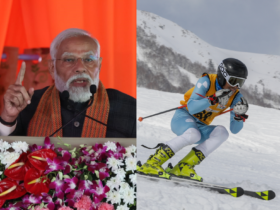




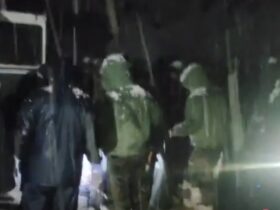

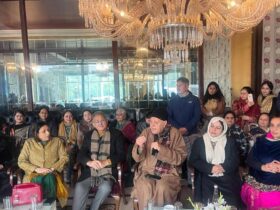
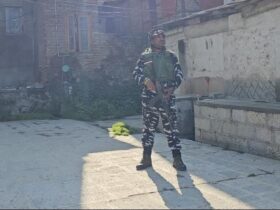
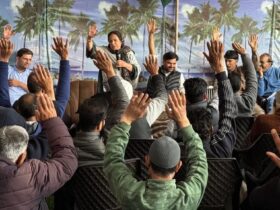
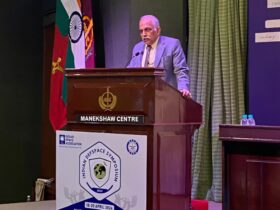



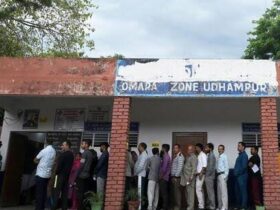
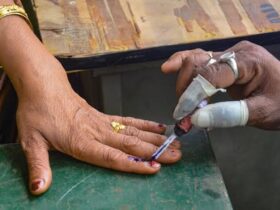
Leave a Reply